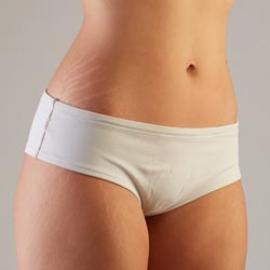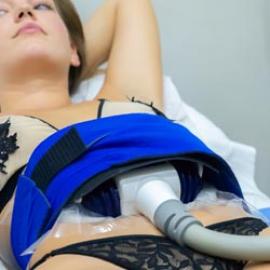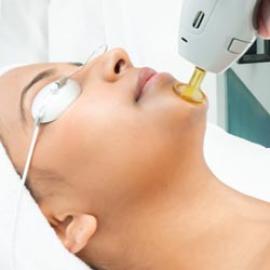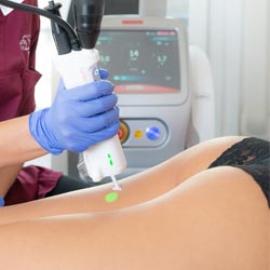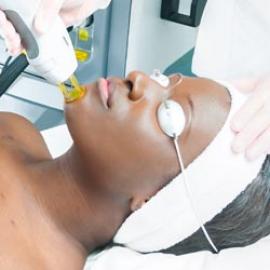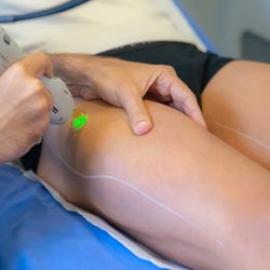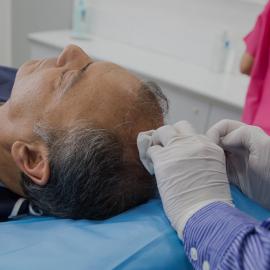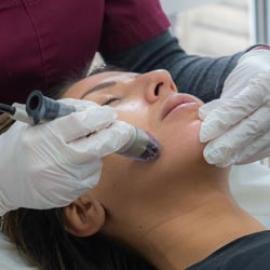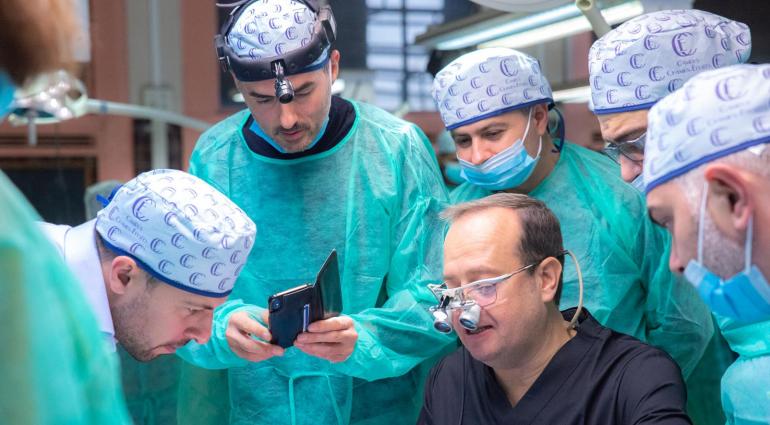
It's a known reality that undersized breasts cause a lot of hang-ups for women, but when they're too big, they can cause a lot of physical problems.
Like back pain, breast hypertrophy can be a handicap for both men and women.
Breast hypertrophy: what is it?
Breast hypertrophy is caused by excessive growth of the breast gland with or without excess fat. This condition affects both men and women equally and has physical and psychological consequences on a daily basis.
Thus, in women, breast hypertrophy is characterized by breasts that are too large in comparison to the morphology of the patient. Breast hypertrophy can lead to all kinds of discomfort, particularly when playing sports, but also when trying to find suitable underwear. It can have psychological implications and, in particular, issues with self-esteem. When treated, women quickly recover their physical and psychological well-being.
Breast hypertrophy is called gynecomastia in males. This is due to a hormonal condition that causes the appearance of small visible breasts. At puberty, it is often temporary and, with the normal recovery of male hormones, ends in spontaneous resorption of the mammary gland. On the other hand, it is irreversible in men in their 50s and it is linked to a decline in the secretion of testosterone.
Breast hypertrophy in women: symptoms and causes
Due to gravity, the chest drops, creating the impression of heaviness in the lower part of the breast and emptiness in the upper part of the breast. Its causes are congenital or hormonal and can occur at puberty or after pregnancy due to significant weight variations or due to natural aging.
Breast hypertrophy is often associated with a breast collapse called breast ptosis.
A large chest creates physical pain to the neck, shoulders and back. It may be a handicap when playing a sport. It can make getting dressed challenging or when putting on a bathing suit at the beach and it can be a source of shame during intimate moments.
A standard breast has an average volume of between 200 and 350 cubic centimetres.
There are several varying degrees in breast hypertrophy:
- Moderate: 400 to 600 cubic centimeters.
- Quite large: from 600 to 800 cubic centimetres.
- Significant: from 800 to 1000 cubic centimetres.
- Very significant: over 1,000 cubic centimeters.
When this becomes a problem in daily life, breast reduction surgery is needed.
Breast hypertrophy treatment
Breast reduction decreases the size of the breast gland to resize the breast according to the woman's height and build. And once woman is healthy in mind and at ease with her body, she feels lighter and freer in her movements. She can dress however she likes, play any sport, and her back, shoulders and neck feel absolutely comfortable again. She regains her self-confidence, her personal life, and avoids the sometimes inappropriate looks and remarks about her chest.



















